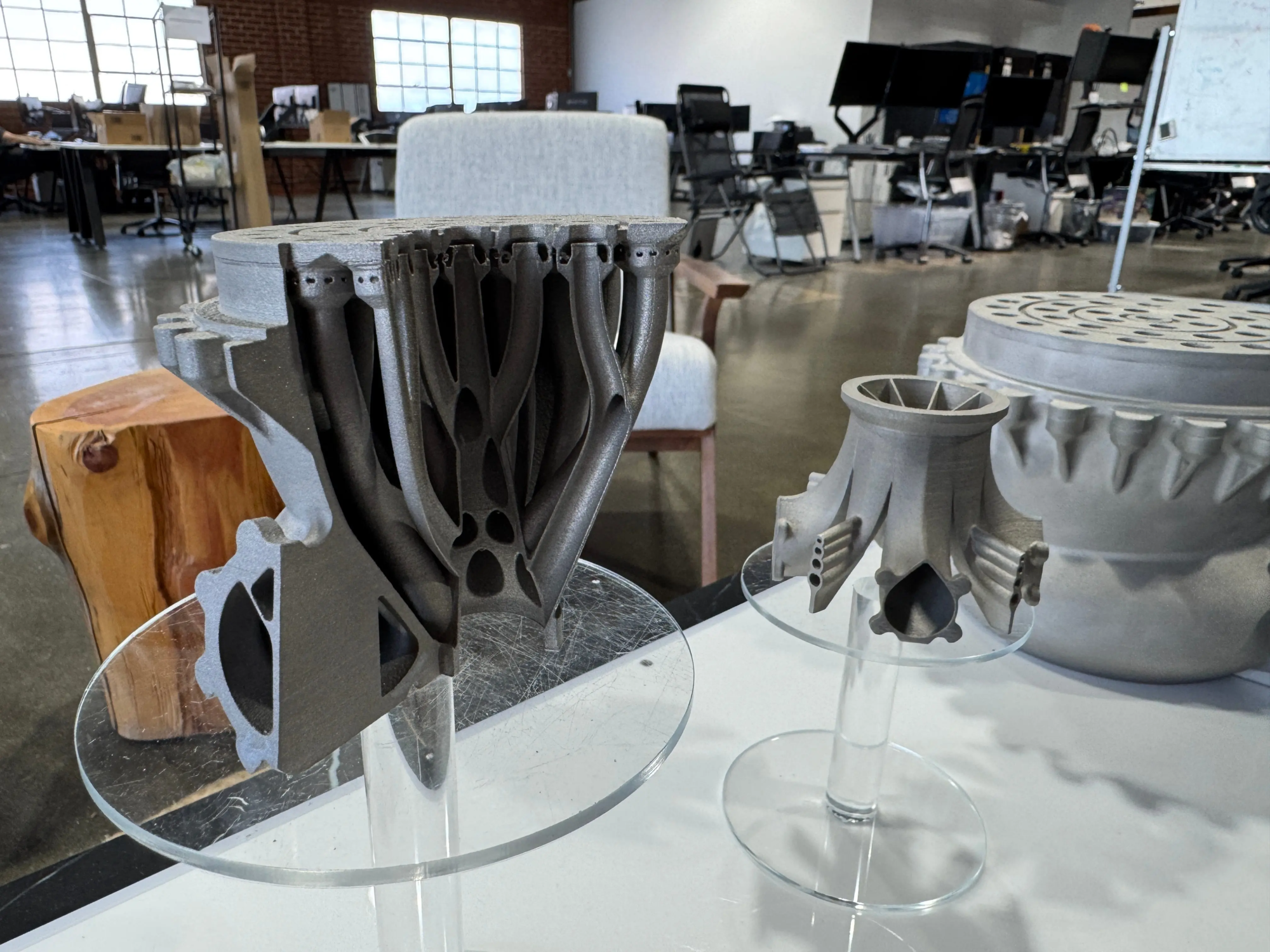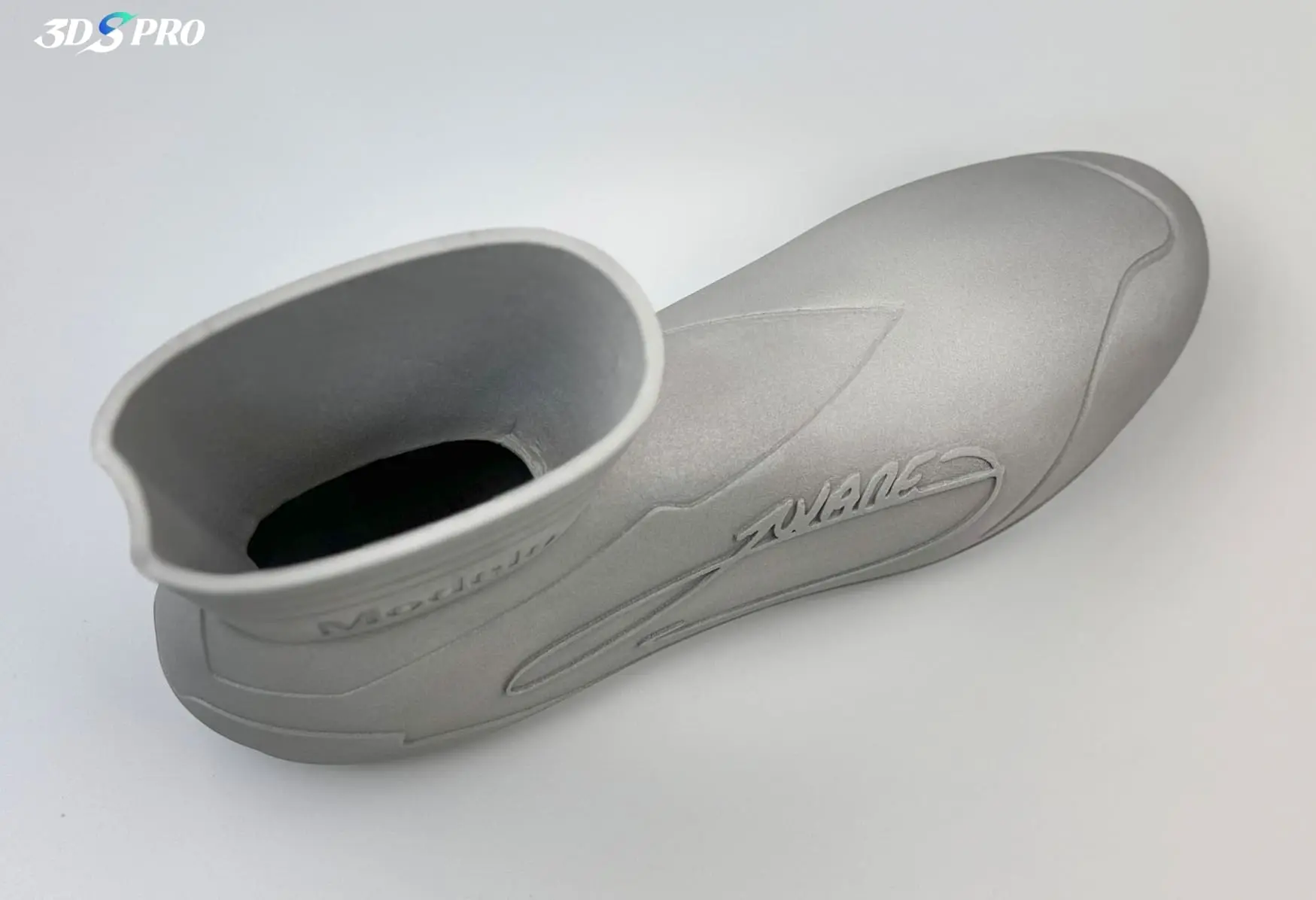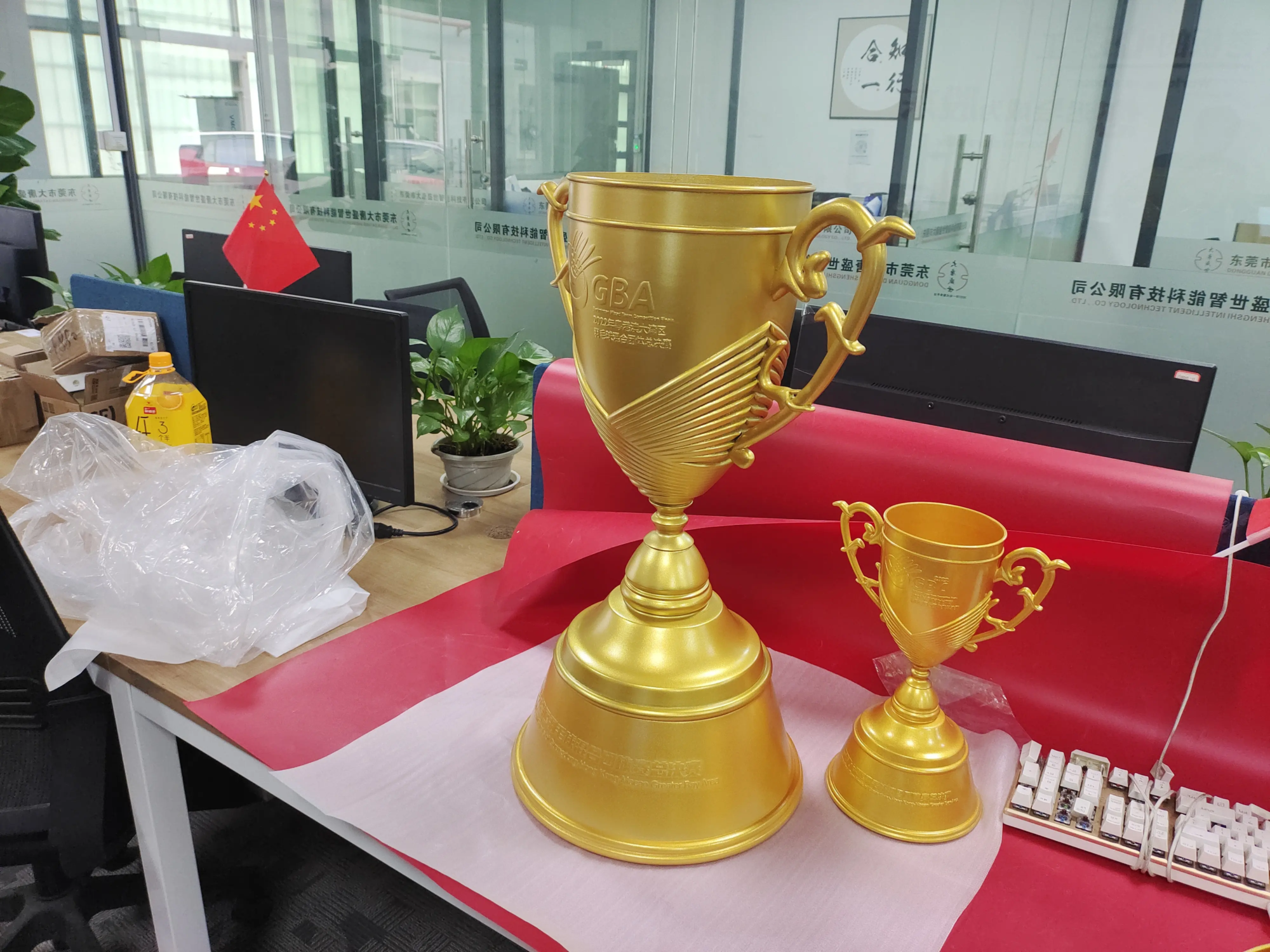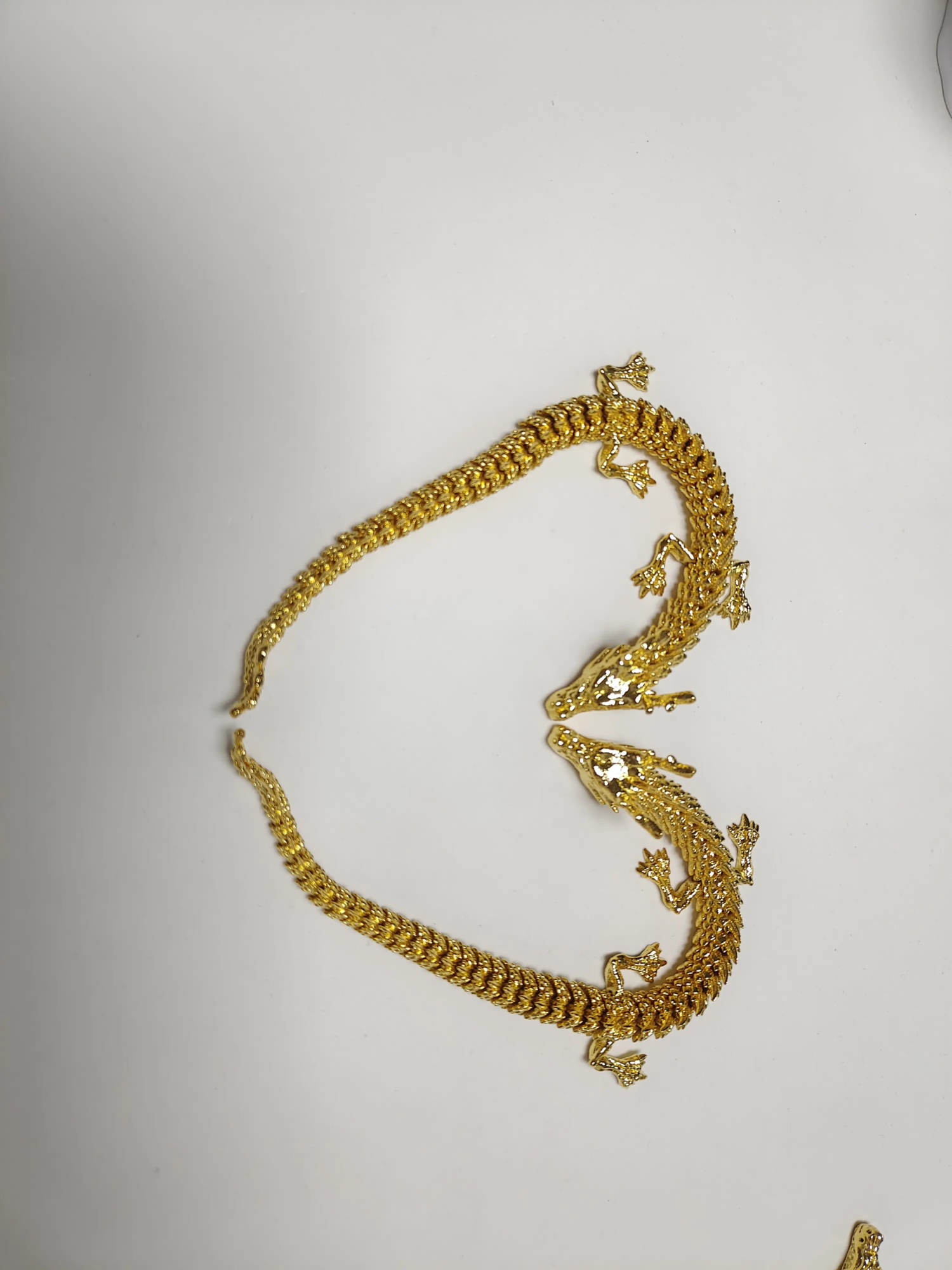The world of 3D printing has revolutionized the way we design, prototypify and manufacture products. One of the most exciting applications of this technology is to create custom 3D printed PCs. In this article, we will dig into the world of 3D printed PCs and explore the possibilities, benefits and limitations of this innovative technology.
For businesses and individuals who want to create custom 3D printed PCs, it is necessary to find a reliable and professional fast prototype manufacturer. Companies like Greatlight, with advanced SLM 3D printer equipment and production technology, can provide high-quality metal parts as well as one-stop post-processing and completion services. With its ability to quickly customize and process most materials, Greatlight is the ideal partner for customizing precise machining needs.
One of the main advantages of 3D printed PCs is the ability to create complex designs and geometries that will not be generated using traditional manufacturing methods. This allows the creation of custom PC case, heatsink, and other components that enhance the performance and aesthetic appeal of your computer. In addition, 3D printing can quickly prototypify, reducing the time and cost associated with traditional manufacturing methods.
Another important benefit of 3D printed PCs is the ability to create customized components with specific characteristics such as thermal conductivity, electrical conductivity, or durability. This allows users to customize their computers into specific applications such as games, video editing, or scientific simulation. Furthermore, 3D printing can create complex internal structures, such as cooling systems, which can improve the overall performance and efficiency of the computer.
However, 3D printed PCs also present some challenges and limitations. One of the main problems is the high cost of 3D printing equipment and materials, which can make it difficult for individuals and small businesses to access the technology. Additionally, the printing process can be time-consuming and the quality of the final product may vary depending on the equipment and materials used.
Despite these challenges, the benefits of 3D printed PCs make it an exciting and rapidly evolving field. As technology continues to move forward and becomes more accessible, we can expect to see more innovative applications and products appear. Whether you are an amateur, business or organization, 3D printed PCs offer a world of possibilities for customization, innovation and performance.
In short, 3D printed PCs are a rapidly growing field that offers a wide range of benefits and possibilities. From custom designs and geometry to rapid prototyping and custom components, 3D printing can create innovative and high-performance computers. Despite the challenges and limitations of this technology, its advantages make it an exciting and rapidly evolving field. Whether you want to create a custom PC case, a complex cooling system, or a high-performance computer, a 3D printed PC is definitely worth exploring.
FAQs (FAQs)
Q: What is 3D printing and how does it work?
A: 3D printing is a manufacturing process that uses digital models and professional equipment to create objects through layers. The process involves deposition of materials layer by layer, such as metal, plastic or ceramic, to create a physical object.
Q: What are the benefits of 3D printing PCs?
A: The benefits of 3D printed PCs include custom designs and geometry, rapid prototyping, and custom components with specific characteristics such as thermal conductivity or durability.
Q: What are the limitations of 3D printing PCs?
A: The limitations of 3D printed PCs include the high cost of equipment and materials, the time-consuming printing process, and the variable quality of the final product.
Q: What types of materials can be used for 3D printed PCs?
A: A variety of materials can be used in 3D printing PCs, including metals, plastics, ceramics and composites.
Q: How to find a reliable 3D printing service for my PC needs?
A: You can find reliable 3D printing services by researching online, asking for recommendations, and checking reviews and recommendations from previous customers. Find companies with experience in 3D printing PCs and have a reliable track record in quality and reliability.





